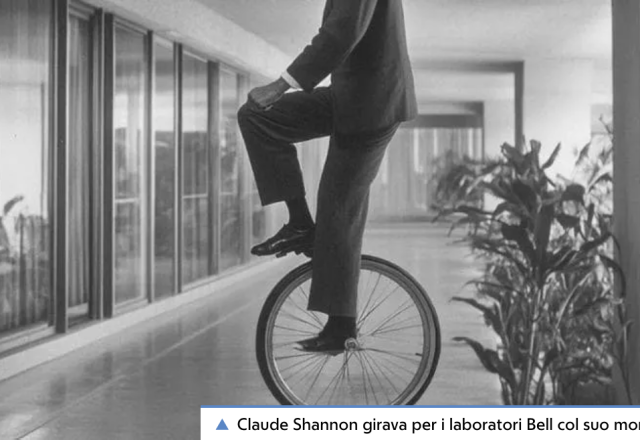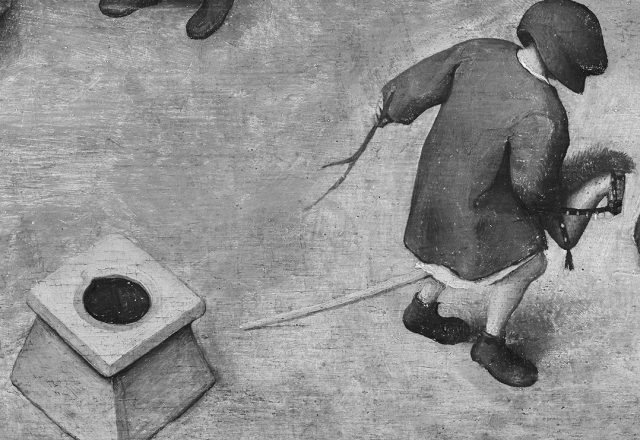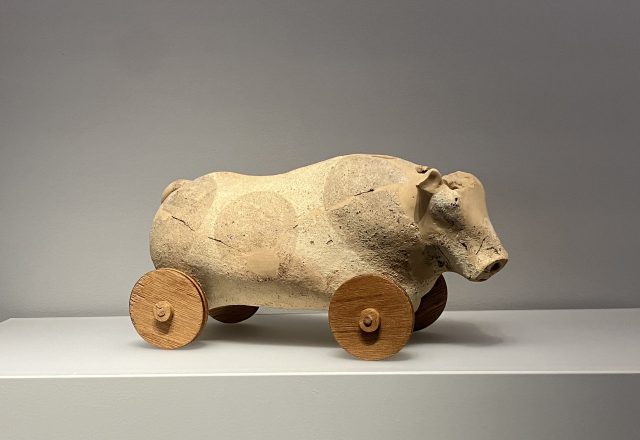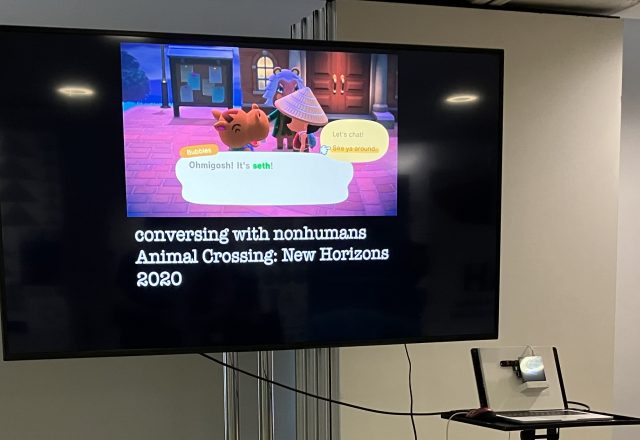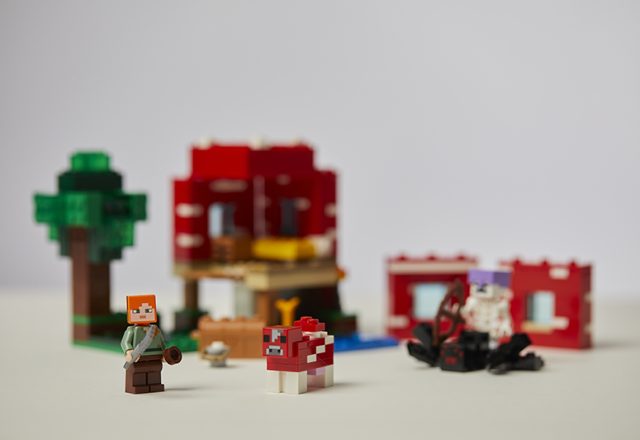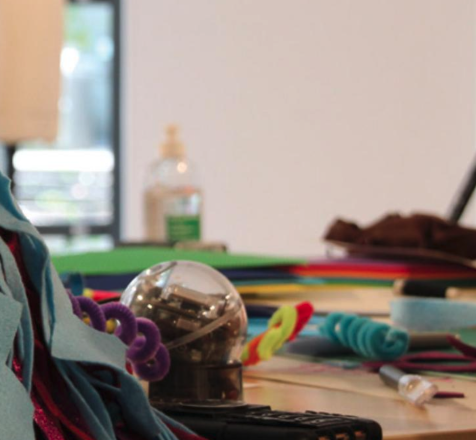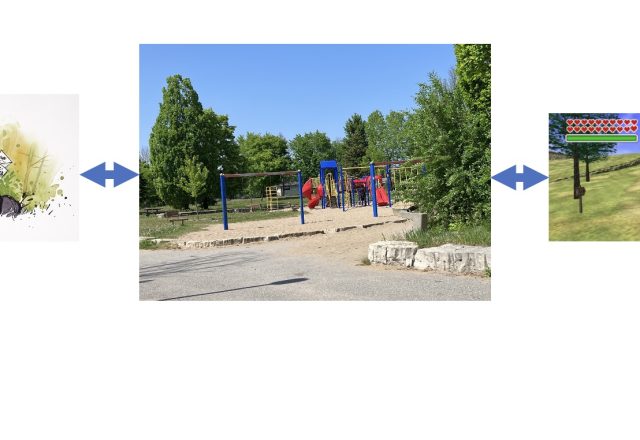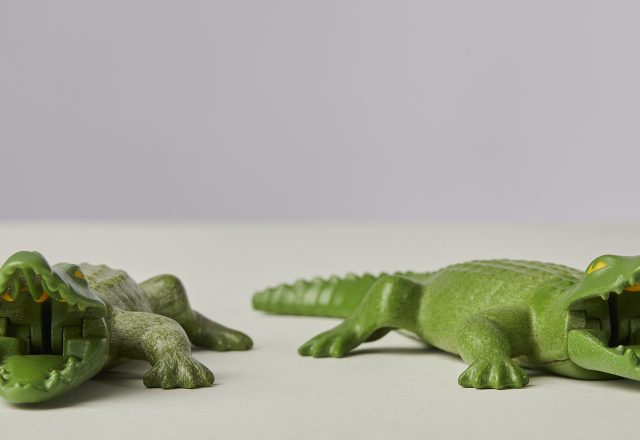The best inventions are child’s play. Literally. (An article in the Italian newspaper La Repubblica by Giuliano Aluffi, featuring my Toy Theory research. Rough…
Tag: play
cover
Out in paperback and open access 5th November 2024
a toy theory of knowledge and belief
excerpt from draft of Toy Theory: technology and imagination in play (out 5th November): The toy […] offers alternative ways of grasping the play…
Crete 2/3: ox machine
The second of three posts linking my recent holiday in Crete with themes from Toy Theory. This toy, a clay figure of an ox…
Crete 1/3: the twin timeline of the rattle
The first of three posts linking my recent holiday to Crete with themes from Toy Theory. Toys as technological devices operate through two very…
the machine wants to play
Slideshow sketch of a ludic/media archaeology of AI, A-Life and robotics. Displayed at the University of Southampton AI Arts Festival, 2nd June 2024. Designed…
Toy Theory
Out in November 2024: Toy Theory: technology and imagination in play. The MIT Press A novel interpretation of the history and theory of technology…
re-imagining the gallery with AI
A short article on a recent-ish pilot project, Chatbots in the Gallery, in Re:Action, the University of Southampton’s research magazine.
Toy Theory – update
Toy Theory: technology and imagination in play will be out in November. No cover image yet, but here is the draft marketing blurb: A…
postdigital playgrounds
Text and images from my contribution to the A is for Age-Appropriate panel at CCA 2023, with Sara Grimes, Darshana Jayemanne, Bronwen Swerdfager, and…
toy animals
This article – in Cultural Politics 20(1), March 2024 – maps the child’s toy and media environment as one populated with artificial animals, from…
robot ludologists
video on its way
